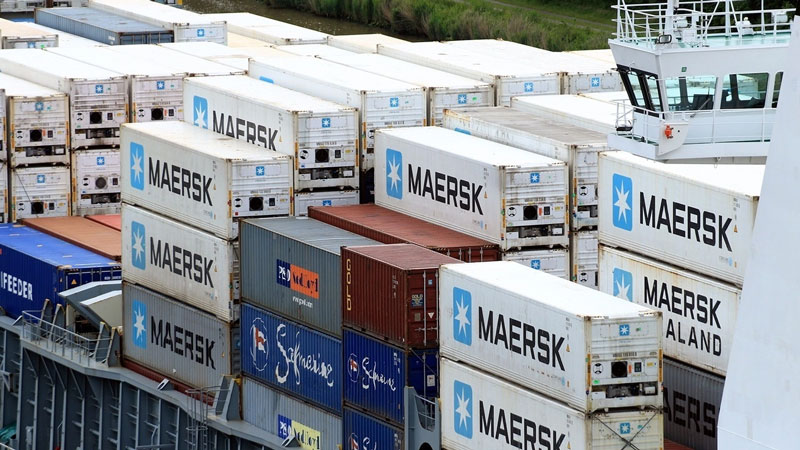


With reefer container trade vessels rerouting to the Cape of Good Hope, the Middle East market is often a transit port for Asian/European routes and is therefore bypassed.
According to Xeneta's analysis, the river flows southwestward through Sumatra and in reverse from Europe, sending the small but lucrative Europe-to-Arabian Gulf seafood trade into a "negative spiral."
Xeneta's analysis compares reefer container trade from Europe to the Arabian Gulf and Southeast Asia, highlighting the impact of the effective blockade of the Suez route on freight rates on both routes.
Due to the conflict in the Middle East, about 90 percent of container traffic is routed around the Cape of Good Hope in Africa, as carriers want to return empty equipment and ships to the Far East as quickly as possible, so ships bypass the traditional markets along the way to pick up and drop off cargo in both directions.
Since the implementation of the Cape of Good Hope diversion, Southeast Asian freight volumes have increased by 6.8%, while demand growth in the Middle East has slowed to just 2.5%.
The decline in seafood trade in the Arabian Gulf can be seen in the difference in freight rates for what are considered similar services.
On January 1 of this year, the price difference between reefer containers in the Middle East and Southeast Asian markets was only $64 per foot: "By September 19, the price difference between the two trades had widened to a jaw-dropping $959 per foot," Xeneta said.
According to Xeneta, rates in the Persian Gulf and Gulf of Oman surged by about $1,000 per franc from $2,225 per franc in January and have now stabilized at $3,500 per franc. Southeast Asian reefer container rates have seen a similar spike, but Xeneta chief analyst Peter Sand noted that they have now stabilized at around $2,500 per franc, up about $1,000 per case from the end of 2023.
However, Sand noted that while the Arabian Gulf reefer container market is profitable, it is not large in terms of volume, with only 18,000 TEU of reefer containers shipped last year, up from 13,000 TEU last year. "It's not a huge change," he said.
While shipping lines are likely to be looking for areas where they can make a profit, with major routes weak, excess new ships are unlikely to be diverted to such smaller routes.
"Carriers will be looking for different ways to transport refrigerated cargo, such as transshipment in Jeddah or transporting cargo from Jeddah across the Saudi Arabian desert could be another option," Sand said.
"Trucking is not a substitute for sea transport, but if you connect the links to a broken supply chain and the price is right, it can be a way to get goods to market," he adds.
Sand said there has been an increase in the trade of refrigerated fish from the Far East and India to the Middle East market, but he said these products are not competitive products and are not expected to replace European fish.
If this is indeed the case, then European products could return to the Middle East once the Suez Canal is reopened.
However, Sand believes that unless there is an upturn in freight rates next year, when a large number of new ships are expected to be delivered, "carriers will deploy capacity in a smarter way," without elaborating on what that means.





